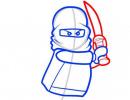How to make a trophy skull yourself - technology, tips and recipes
Trophy horns - the pride of the hunter
As we mentioned in the first part about the production of hunting trophies, among the numerous trophy collections, the most valuable exhibits are exhibits of ungulates, in particular skulls with horns. Such a trophy, and even an animal obtained with one's own hand, is the pride of any hunter. Most often, for the manufacture of a trophy, the head is given into the hands of a specialist. But if desired, everyone can independently make a high-quality trophy skull. This will be a huge additional reason to be proud of yourself, and for the family budget - a big savings.
As we mentioned in the first part about the production of hunting trophies, among the numerous trophy collections, the most valuable are exhibits of ungulates, in particular skulls with horns. Such a trophy, and even an animal obtained with one's own hand, is the pride of any hunter. Most often, for the manufacture of a trophy, the head is given into the hands of a specialist. But if desired, everyone can independently make a high-quality trophy skull. This will be a huge additional reason to be proud of yourself, and for the family budget - a big savings.
 A trophy exhibition is a way to show yourself as a hunter and see what others are worth
A trophy exhibition is a way to show yourself as a hunter and see what others are worth
A bit of zoology
All ungulates are classified as bovids - bulls, yaks, bison, rams, goats, chamois, saigas, goitered gazelles, antelopes and full-horned (deer). Deer include red deer, fallow deer, reindeer, elk, roe deer, muntjac, white-tailed deer, musk deer, deer.
A distinctive feature of full-horned ungulates is the presence of bony horns. Female deer, elk, roe deer (except for female reindeer) do not have horns.
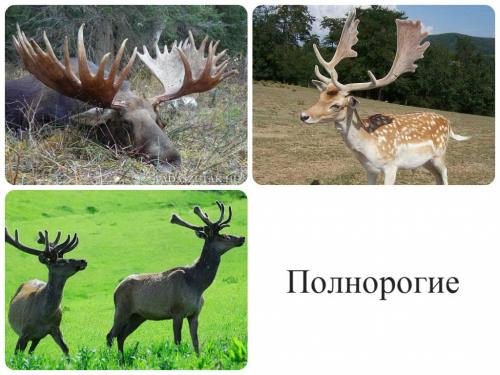 Full-horned ungulates are the most coveted trophies
Full-horned ungulates are the most coveted trophies
The second stage is the removal of the brain. To do this, take the wire, twist it into a spiral and insert it into the hole in the back of the head. With a wire, the brain is shaken up and taken out through this hole. Remains are removed with long tweezers. Then through it is necessary to rinse repeatedly under a strong stream of water.
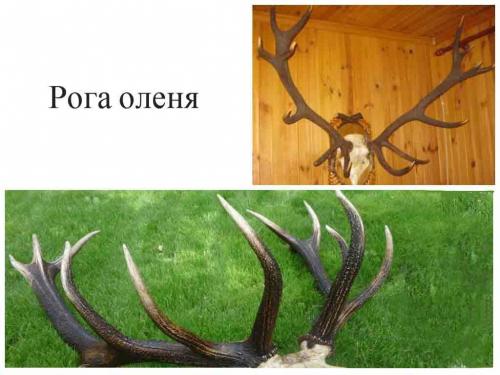
Water should be taken from rain, spring, stream, melt water - without the slightest chemical impurities and chlorine. Otherwise, the skull and horns may change color, lose their attractiveness, and even collapse when boiled for a long time.
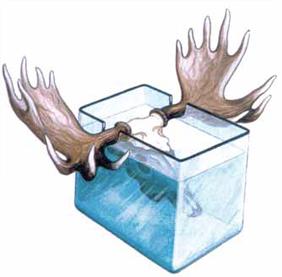
For cooking, you need to take such a vessel so that the skull fits completely there. It must be filled with cold water and put on fire. At the same time, the horns of roe deer, deer, and elk themselves should not come into contact with water. To do this, a transverse plank is tied to them, and the lower part must be wrapped with dry matter.
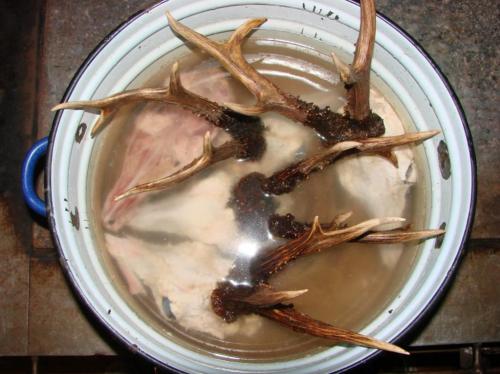
Boiling the skulls of small animals is done in one step until the muscles and tendons move away from the bones. This may take several hours. Boiling water must be constantly replenished to its original level - carefully pour boiling water along the walls of the container so that splashes do not fall on the horns. After boiling, the skull is left to cool in water for 8 hours. At the same time, the water temperature is not higher than 20 and not lower than 10 degrees. Next, remove the skull and let it dry in the shade, out of direct sunlight.
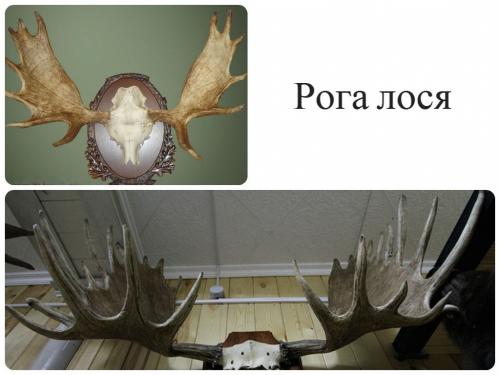 Trophy antlers of an elk - high-class exhibition samples
Trophy antlers of an elk - high-class exhibition samples
Skull filing
This is a very important stage, because it would be a shame to spoil the trophy after the most unpleasant operations have been completed.
Rule 1. The skulls of deer, rams and goats are not filed.
The fact is that a trophy with teeth is very valuable, because the age of the animal can be determined by the wear of the teeth. For these ungulates, the lower jaw is attached to the upper part with a wire or string.
Rule 2. If the horns are very massive - in an elk, deer or red deer, then the base of the skull and teeth are removed - the nasal, intermaxillary bones and eye sockets are left.
Sawing off the base of the skull should be done with a carpenter's or, better, a fine-toothed surgical saw. At the same time, the sawing line is set as follows: the skull must be immersed in water so that the necessary parts remain above the surface. Then carefully remove the skull and mark the water level with a pencil, sawdust will be made along this line.
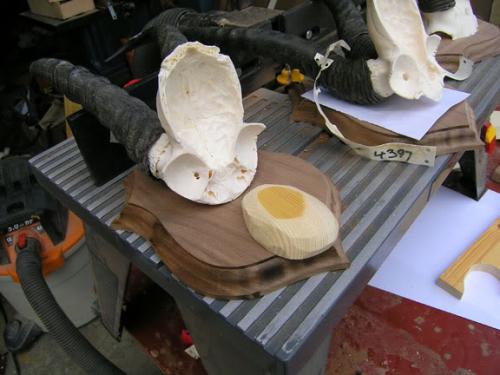
Be sure to do it in a wet state of the skull so that it does not crumble.
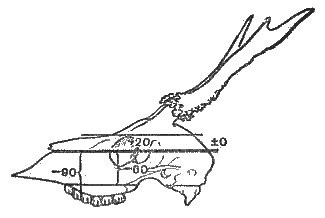
If after cooking the skull remains dirty, then it must be washed with water with the addition of salt or soda. Then clean from greasy stains - with the help of ammonia, you can wipe with chloroform, in extreme cases - with gasoline or pharmacy ether.
Skull whitening
This is the stage of preparing the trophy for exhibition condition. In order to qualitatively whiten the bone, the entire skull is wrapped with cotton wool and tied with a cord. The horns remain open. If the bones are small - you can not wrap. Next, in a closed container, a 25% ammonia solution is diluted with hydrogen peroxide (15%). The ratio of components is 5 to 1. All this must be done with gloves, goggles and a breathing mask. The wrapped skull must be carefully poured with this solution (2 cm higher, but without affecting the horns). Exposure time - 15 hours for small skulls and 20 for large ungulates.
Skull polishing
This is the last procedure in the manufacture of trophy horns. The following mixture is used for polishing: 2 parts of Vienna lime and 1 part of powdered chalk. It must be applied with a clean, dry cloth and lightly rub the entire surface and all recesses. Second recipe: 1 part crayon to 2 parts denatured alcohol. If you like the matte sheen of the bone, treat the skull with paraffin, gently rubbing it into the thinnest layer.
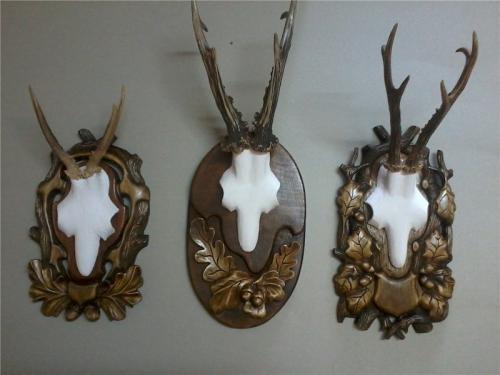
By the way, when participating in exhibitions of hunting trophies, the use of light cosmetics is allowed.
If the horns are very light, then they can be darkened - rubbed with a solution of potassium permanganate or alcohol infusion of a walnut shell. This must be done, adhering to a sense of proportion - too much potassium permanganate will simply ruin the horns. So that the skull itself does not suffer - it is wrapped in a plastic bag. The processes of the horns must be polished with a soft fine sandpaper.
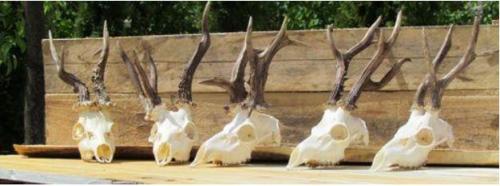
If the skull was supposed to be made with teeth, sometimes they fall out during digestion. They must be inserted into place and fastened with quick-setting glue or eco-adhesive.
Even at exhibitions, it is allowed to show exhibits with an imitation of a skull - made of wood, clay, plastic, plaster or metal. There are no special rules here, the main thing is that the stand should be visually similar in shape to the skull or head of an animal.
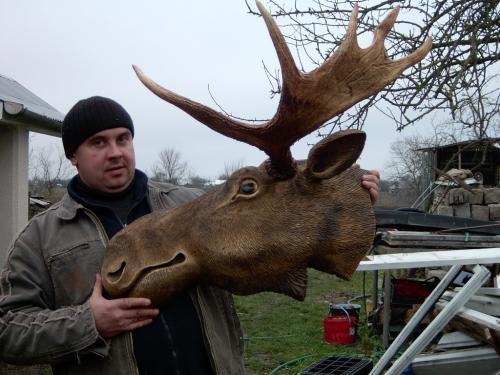
Processing of skulls without horns
It also allows the variant when the horns are exhibited with the skull of another animal. For example, deer antlers on an elk skull. For this purpose and for many collectors, there are a couple of prepared skulls with stumps. Such skulls are prepared in accordance with all the rules from the extracted animals that have already shed their horns. Before the last stage of processing, special fasteners are inserted into the stumps, on which the horns will be attached.
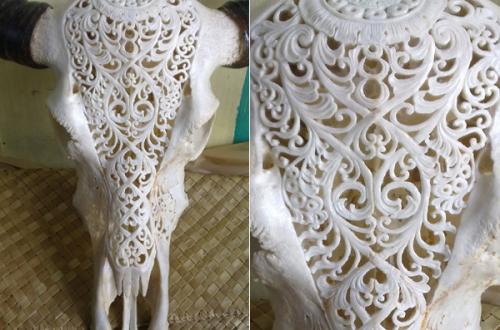 Patterned decoration on the skull is a rare but very valuable way to present a trophy
Patterned decoration on the skull is a rare but very valuable way to present a trophy
Skulls without horns can be bleached more easily than those with horns.
After boiling and cleaning, the bone is treated with a 15% hydrogen peroxide solution. Or another way - to wrap the skull with natural cloth - you can use gauze in several layers and place it in the oven, where I slowly heat it up to 70-80 degrees for a few minutes. Further, after cooling, the fabric is alternately moistened with a solution of soda and denatured alcohol - so 2-3 times. Then the skull is dried, clamped with a vise and the lower part of the skull is cut out. In place of the stumps, holes of 6 mm are drilled - there the horns will subsequently be attached. Hollow tubes in the form of stumps, 3-4 cm long, are inserted into these holes.
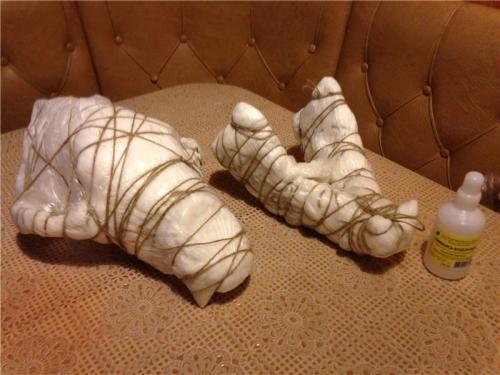
Next, the skull must be thoroughly wiped with acetone, from the outside, the base of the stumps should be sealed with clay, and from the inside - with epoxy or any water-repellent glue. After 24 hours, the clay must be removed with a damp cloth, the skull thoroughly cleaned, dried and the joints covered with transparent glue. The transition from the forehead to the horns must be carefully processed - to make the transition as natural as possible. For this, a mixture of clay, chalk, nitrolac and glue is prepared. The horns are attached with screws that are inserted into the drilled base. Be sure to treat the hole with acetone for degreasing and fill the screw with glue. The skull is attached to the stand with a wire.
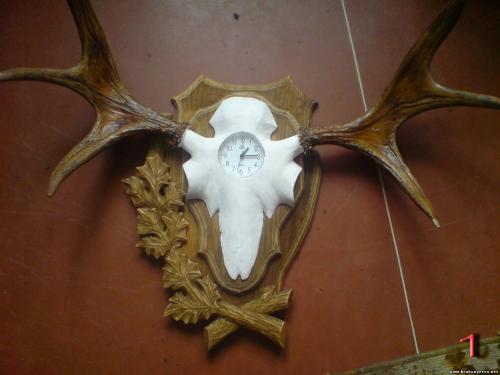
Video - deer antlers
Moose antlers - home collection video
The first regional Kamchatka exhibition of hunting trophies - 2015
related posts in this section





